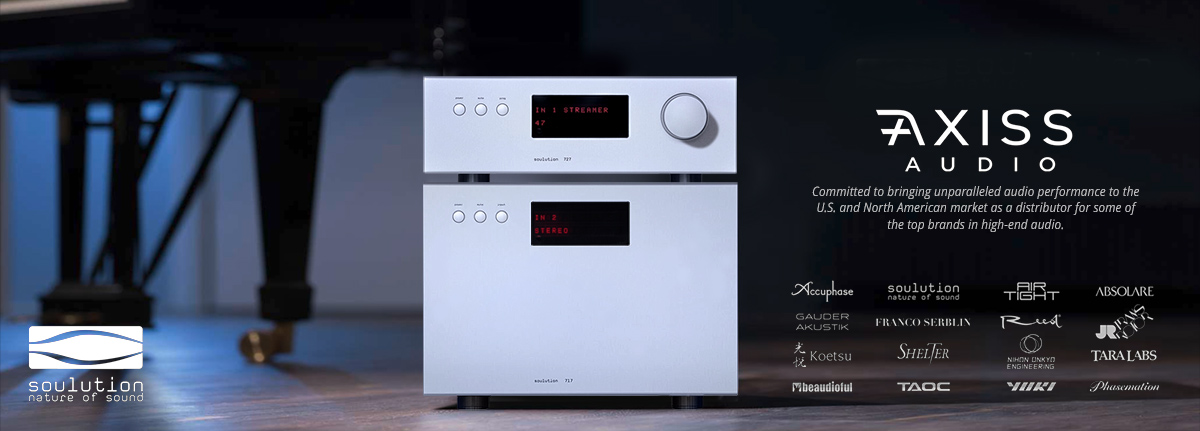Gary, you are contradicting what you said earlier.
Am I?
I must have read something wrong. I'll go back to it when I have more time later today.
Gary, you are contradicting what you said earlier.
YES it sounds like you will benefit from bi-amplification, but to genuinely benefit, you need an active crossover after your preamp so one amp feeds the woofer and one amp feeds the midrange and tweeter.
<elided>
Don: it sounds like what you are describing is tri-amping so every driver in the three-way 800 Diamond gets its own amp, but just separating out the woofer (bi-amping) will make a good improvement.
The question is the following:
- Loudspeaker with two sets of terminals, completely electrically isolated from each other
- One set of terminals controls the midrange and tweeter, the other set of terminals contols the woofer
- Crossover is situated inside the speaker cabinet, between terminals and drive units
- No use of crossover upstream between source and amplifiers
Is there a benefit from using two stereo amplifiers (therefore having 4 amplifications channels, each powering its own driver) vs. a single stereo power amplifier?
YES it sounds like you will benefit from bi-amplification, but to genuinely benefit, you need an active crossover after your preamp so one amp feeds the woofer and one amp feeds the midrange and tweeter.
You need to see the speaker's specs to find what the crossover frequency between the woofer and midrange is and slopes so you can dial that into your active crossover and you'll be in business!
Don: it sounds like what you are describing is tri-amping so every driver in the three-way 800 Diamond gets its own amp, but just separating out the woofer (bi-amping) will make a good improvement.
I don't have an active crossover!
http://www.bowers-wilkins.com/Speakers/Home_Audio/800_Series_Diamond/800-Diamond.html
Yes, I recognize that. Sorry for the confusion. You would not benefit from adding amplifiers without one.
I was just being more specific in my recent post in response to Don's and AudioExplorations' posts. You should go with a bigger power amplifier rather than bi-amping if you want to make a change.
Right, and it *should* sound better biamped. There is nothing wrong with passive biamping, in the same way that rare passive line-level xovers can be magnificent. The back emf from drivers, especially from woofers, always affects the feedback loop of an amp, or simply its output rails if it is a zero-feedback design. Biwiring should help a little if more amp channels are too expensive, but no good active monitor uses single amp channels for drivers that cover different bands for the above reason. Even then, you want to take good care of the ground currents. I hate even the idea of paralleled woofers driven by a single channel, but pay no attention to my excesses. The ultimate tool is probably the Hypex DLCP with six channels, assignable as you wish, paired with ncore amp channels. (e.g. Grimm LS-1). The Grimm/Hypex/Mola-Mola crew came out with this recently:...does not remove the crossover inside, just splits it into two pieces.
| Steve Williams Site Founder | Site Owner | Administrator | Ron Resnick Site Owner | Administrator | Julian (The Fixer) Website Build | Marketing Managersing |
















